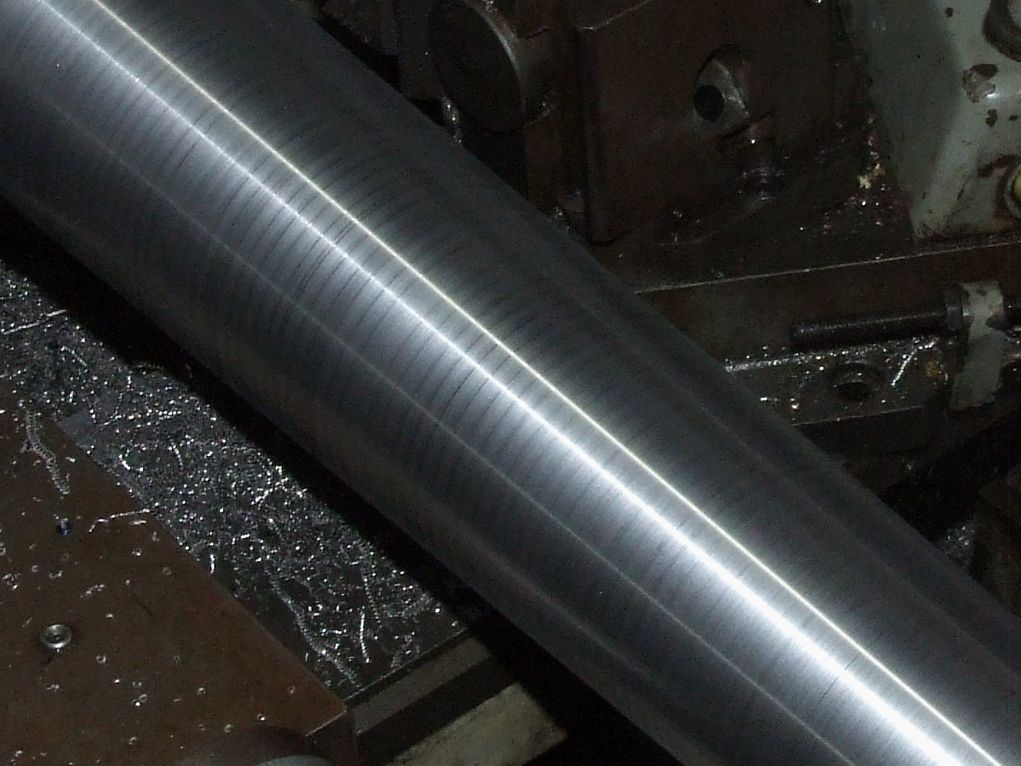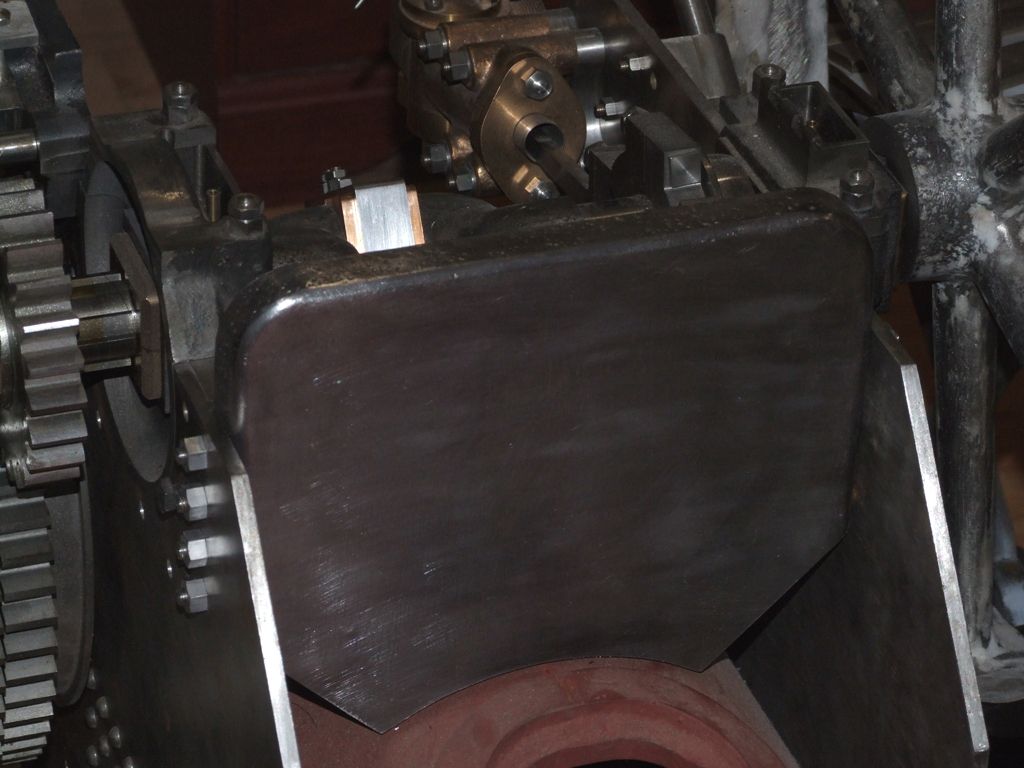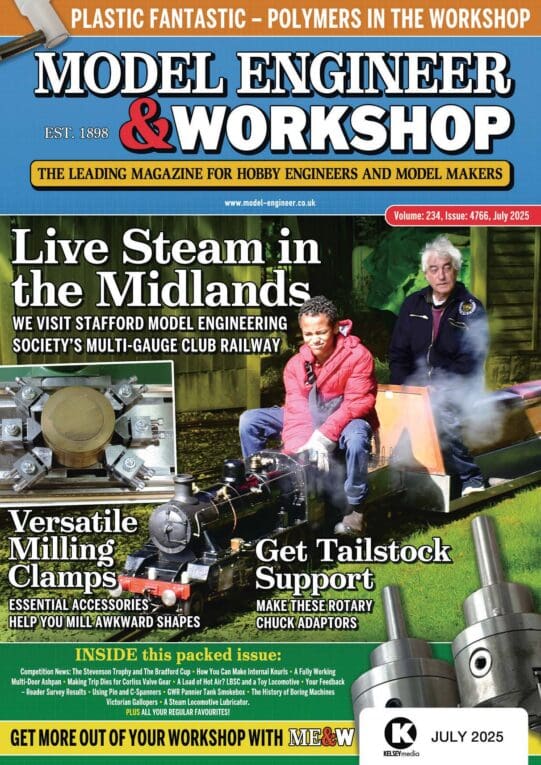Posted by Mark Rand on 12/01/2020 23:24:02:
All steel producers use remelt as much as possible, since it saves a lot of energy compared with reducing virgin ore. It's rather jingoistic/xenophobic to assume that 'foreign' product is likely to be worse than Port Talbot of Scunthorpe product…
+1 for that. Chaps like to believe all sorts of unlikely rose-tinted folklore about quality in the past. The reality is often less glorious!
At present the Chinese make more steel in two years than was made in total throughout the entire history of British Steel-making. Impressive when you know that Britain was the world's largest producer of steel until 1914 when the Americans took the crown. Thereafter British manufacture of mass produced steel went into decline.
Not all British Steel was high-quality, nor was it cheap. After WW1 historic problems in the trade peaked. In 1928, Lord Melchett, Chairman of ICI said "Iron and Steel firms have fallen in arrears. Works were situated in the wrong centres, plants were obsolescent, there was great duplication, and a want of central control." Another quote: "Morale in the steel industry was very low, few had any confidence in the future and large amounts of capital were generally not forthcoming. Those companies which were still able to operate at some profit became ultra-cautious and extremely conservative and unwilling…".
Major customers like Lord Nuffield had a low opinion of British Steel and Steel makers : 'all big cigars and nothing to do'. The rolled steel sheet used to make car bodies has to be of high specification because rolling brings out flaws like no other process. British steel often caused trouble. Although it improved, Nuffield had persistent quality problems with British steel, and was particularly annoyed because it was a third more expensive than steel imported from the US. Bad enough that Sir Herbert Austin and Lord Nuffield both considered setting up their own rolling mills to process slab imported from the US or Europe.
Manufacturing quality has much more to do with production methods and economics than the workforce. The reason US sheet steel was cheaper and better than British steel was mostly to do with economies of scale and the up-to-date plant available in the US. A major steel works needs to be located close to coal, water and ore / scrap. As all the raw materials are heavy, transport needs to be cheap which ideally means the steel-works is in a large capacity sea-port. As the plant takes a minimum 10 square kilometres of land (preferably more), land had better be cheap too! In that context a British Ironworks set up in 19th century Staffordshire to take advantage of local coal and iron ore, exhausted after a century of exploitation, was in a hopeless position. A small, old-fashioned works, fed by coke and ore carried by railway was in deep poo compared a large modern American enterprise built on a continental scale with cheap transport. Today – for much the same geographic reasons – American steel works find themselves at a disadvantage compared with Chinese and Indian steel makers.
The advantages of nationality have also been blurred by globalisation. Under communism Chairman Mao botched a home-grown backyard steel industry in China. This is not how it's done today. In partnership with Western manufacturers, China bought in the best Western technology, equipment, methods and know how. Over the last 20 years there has been a dramatic improvement, and China is pretty much as good at manufacturing as anyone else. No doubt there are a few old or mismanaged steel works and – more likely – process errors, producing quantities of off specification steel, but it's generally unlikely. Steel is high-tech, it's not made by rice-farmers chucking bicycles in a pot and hoping for the best.
Customers do hit problems though. I suspect a likely cause is 'quality' being compromised in the supply chain. Tempting to substitute one type of steel for another when what the customer wants is out-of-stock or a cheaper similar steel is choking the warehouse. There was a scandal a few years back when Boron steel was sold in the UK as mild-steel as a tariff dodge.
Personally I think taking comfort in casual racism is dangerous. Assuming British quality was better in the past gets us absolutely nowhere. So what even if the notion is true? Criticism of foreigners is pointless – they're not going to change. What's necessary is to deliver product that the world wants today, which means we have to get our act together. Contrary to some opinion on the forum, that's exactly what British Industry is doing, for example by concentrating on producing high-end speciality steels rather than the ordinary mass-production stuff we play with. The world moves on. There's no value in mourning spilt milk, banging on about past achievements, or blaming others.
Dave
Nigel Graham 2.













